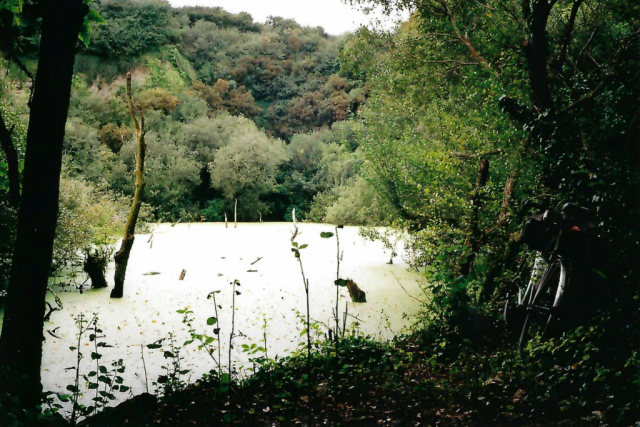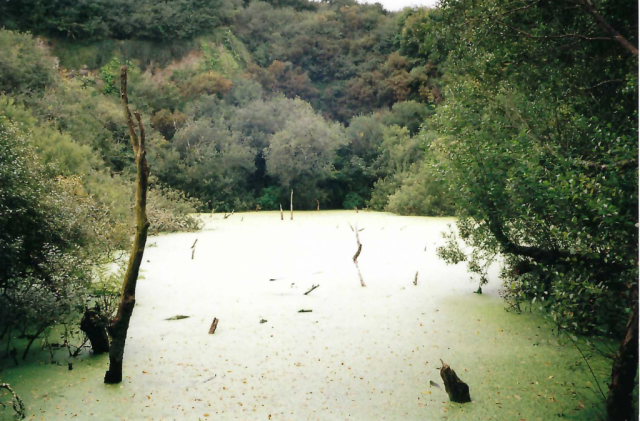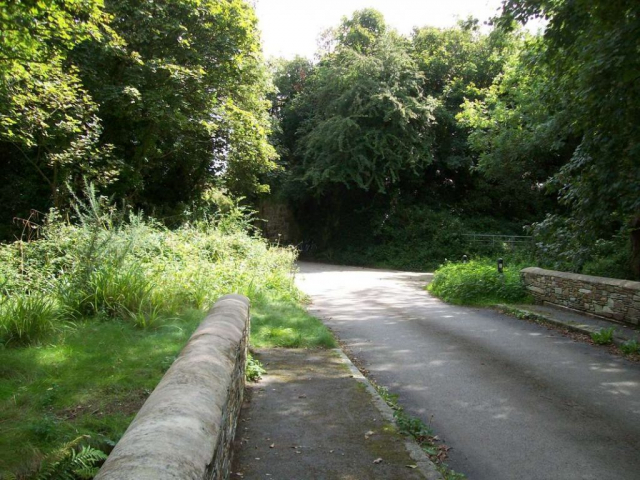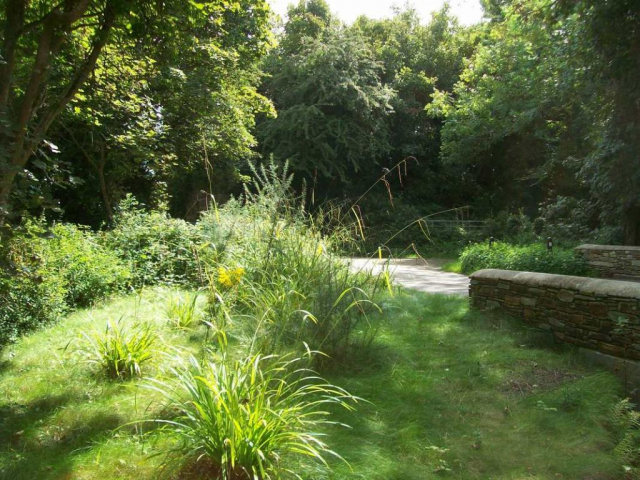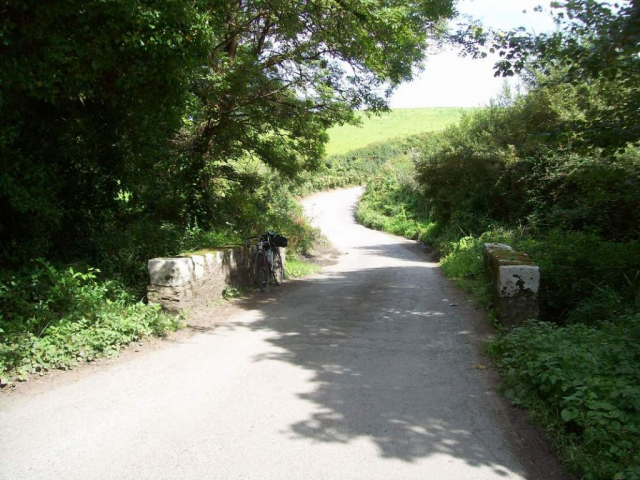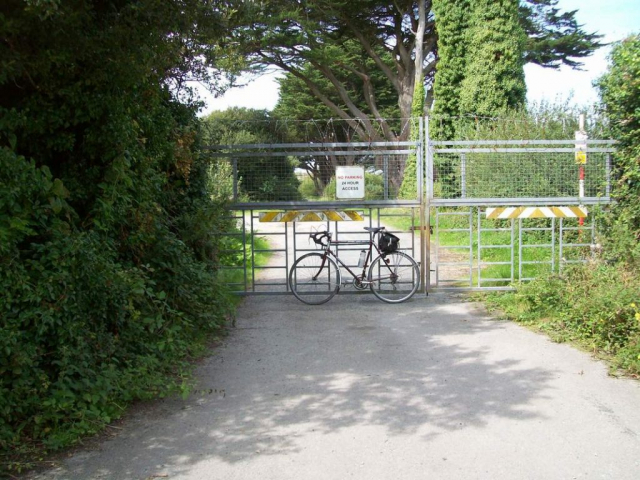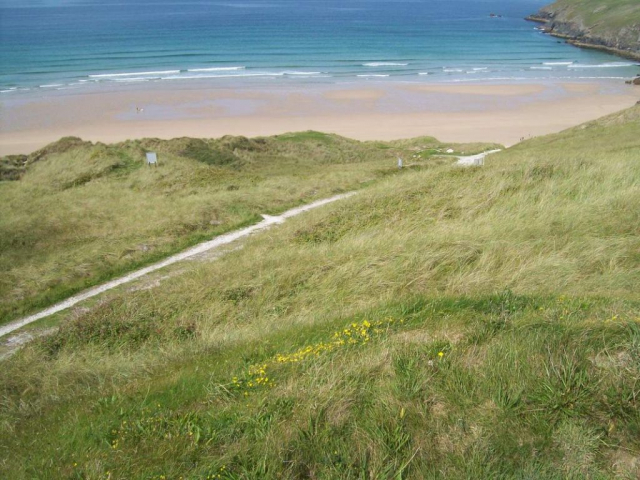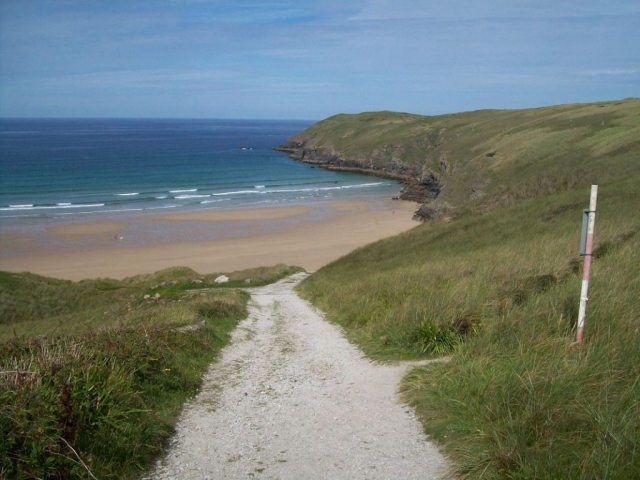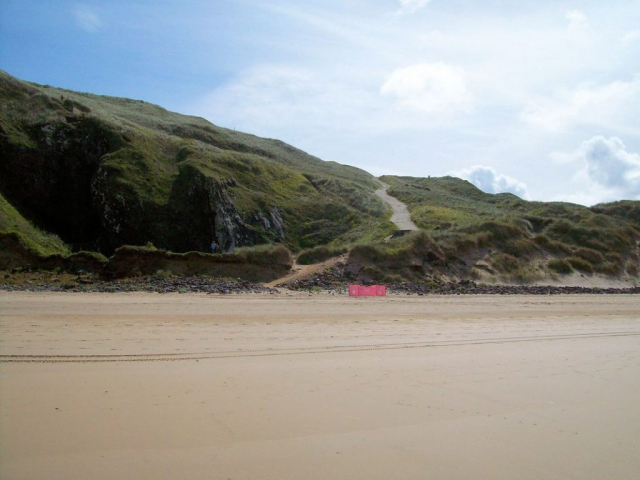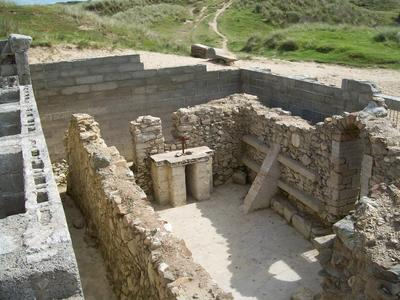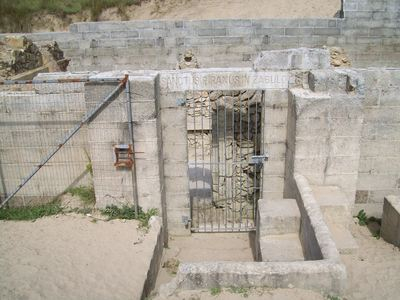The scout had taken only a few photos on his visits to the area over the years.
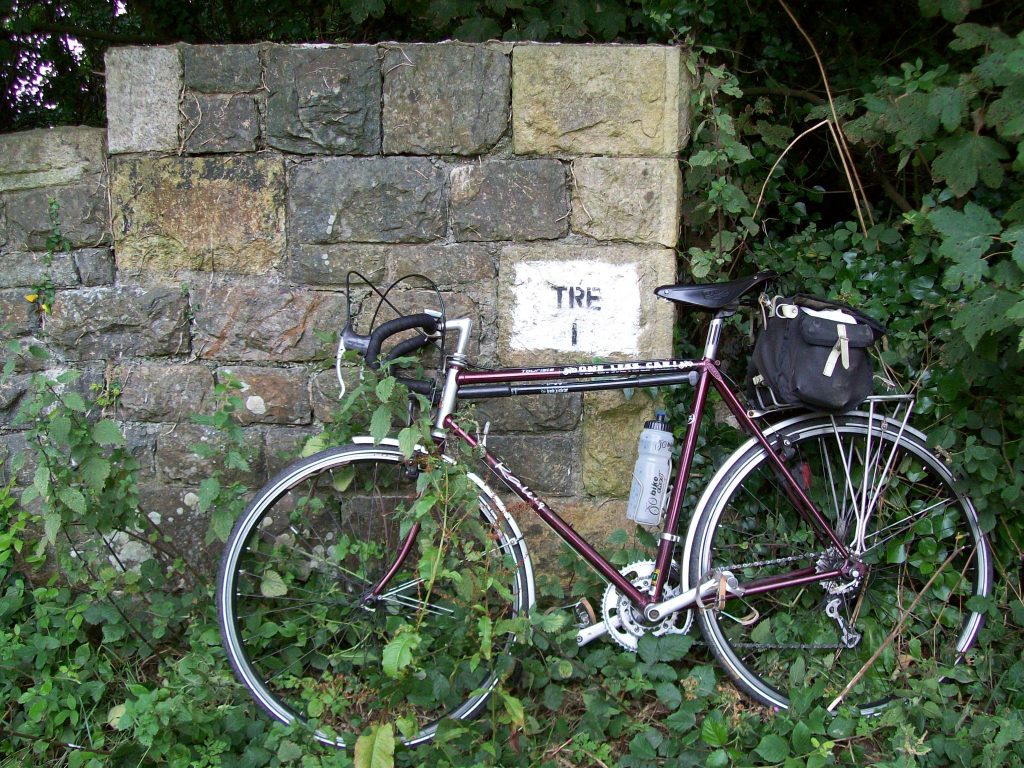
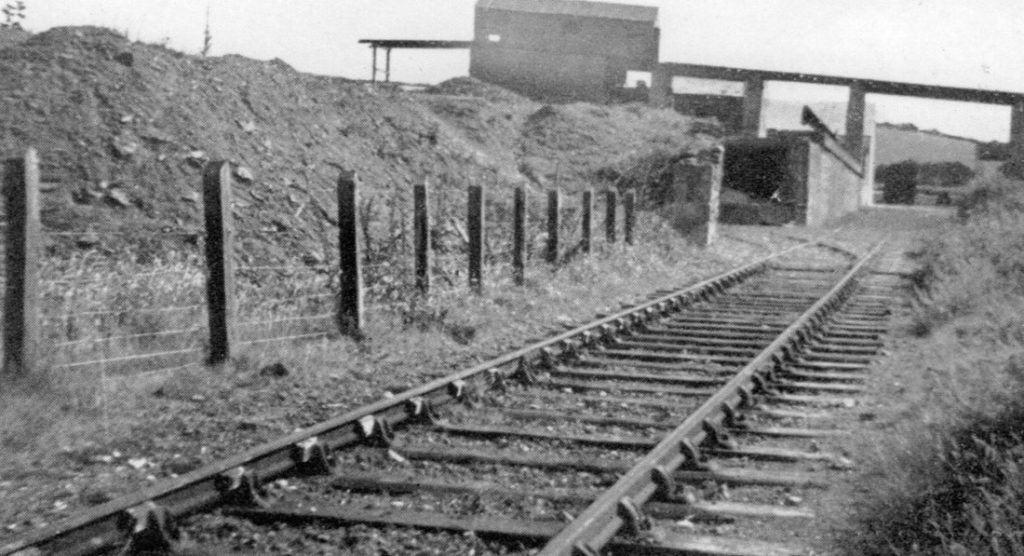
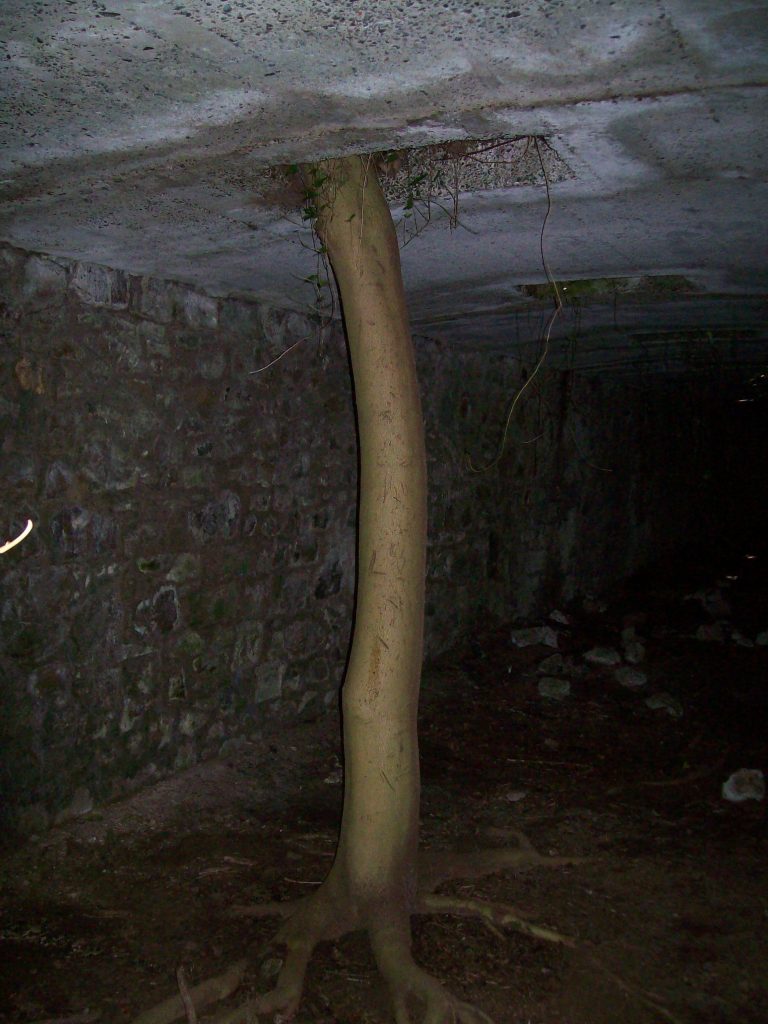
Despite visiting Treamble several times, the scout had never gone to possibly the least photographed and documented railway outpost in Cornwall: the terminus of the former extension from Treamble serving the iron mine on Penhale Sands, abandoned in the late 19th century.
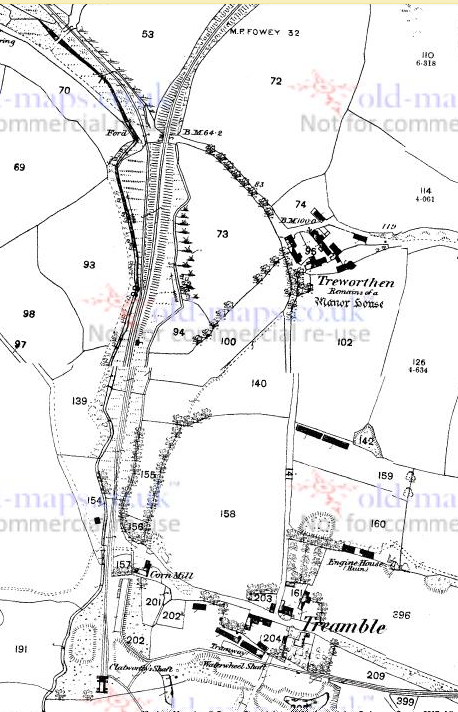
The first two photographs in the gallery above were taken where “Ford” is marked.
The Treamble line’s mileage was originally measured from Fowey, the furthest reach of the C.M.R. In later years, possibly after the line was re-laid, the mileage was measured from Shepherds.
On a miserable summer’s day in 2016, the scout left his bicycle at Holywell and set off west along the coast path. Much of the area was M.o.D. property attached to Penhale Camp. It is still private and the only permitted way to reach the terminus was by following the coast, a walk twice the distance it would have been had the camp been entered.
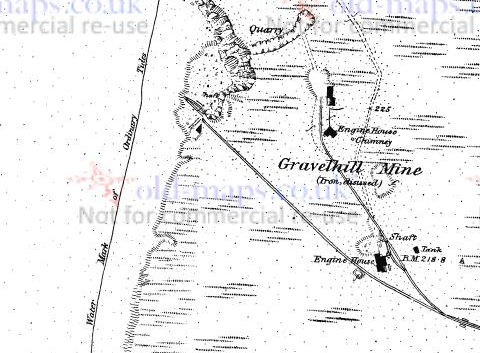
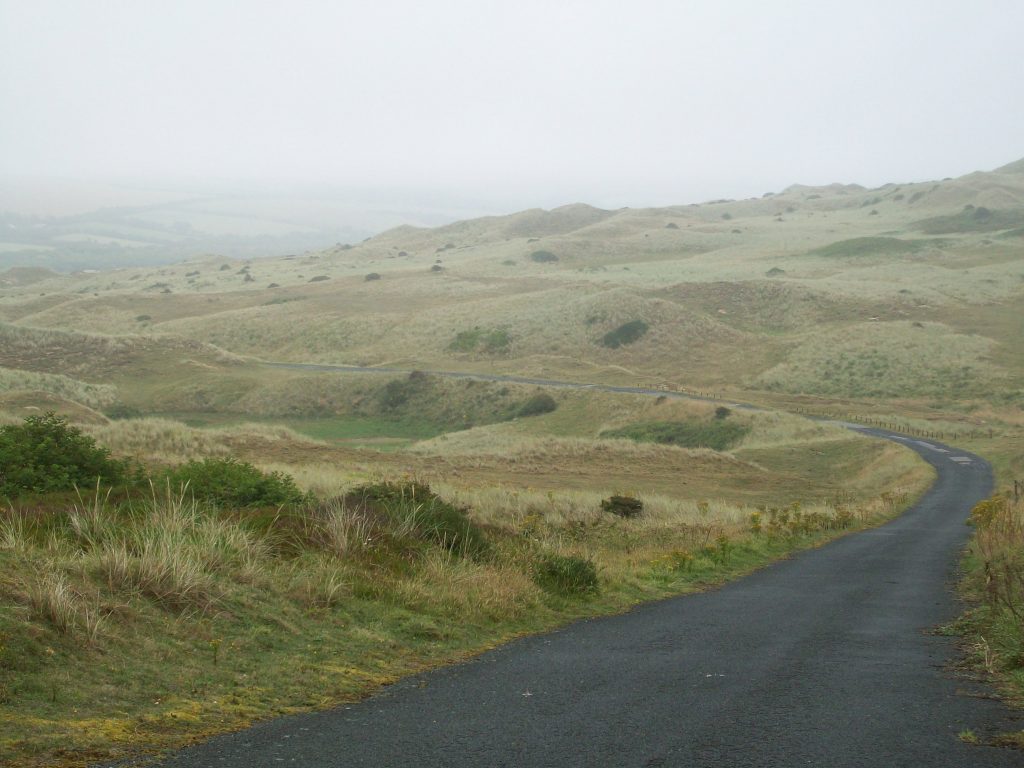
In August, 2017, the scout threaded his way through the sprawling holiday camp – where the masses, fed on Harry Ramsden’s and occupied by mind-numbing amusements, do not venture far – and went down to the wonderful two-mile expanse of Perran Sands, another way of reaching the end of the tramway.
Returning, he wandered over the dunes and came upon a site every Cornishman worth his sea salt should have visited. St. Piran’s oratory was, until 2014, buried by sand to protect it.

